A Grid-Tie Solar Inverter (sometimes referred to as a Grid-Connected Inverter) is a major component of solar power systems designed to work with the electrical grid. It converts the DC output from photovoltaic panels into AC power that can either be used directly in the home or business or fed back to the utility grid.
These inverters will be syncing the solar energy systems with the grid to deliver clean and reliable power. Inverters play a very important role in energy efficiency, upholding the safety of the grid connection, and observing the electrical operation codes.
If you don't see the information and inverters you need here, click on Service Support to find our specialized AI Data Customer Service.
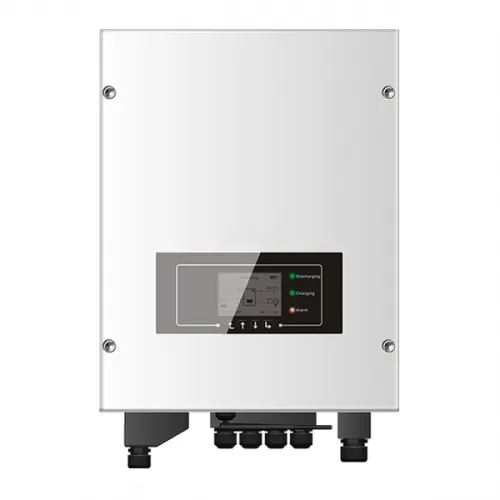

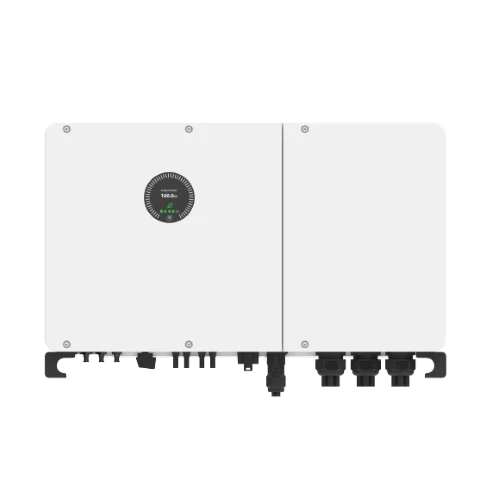
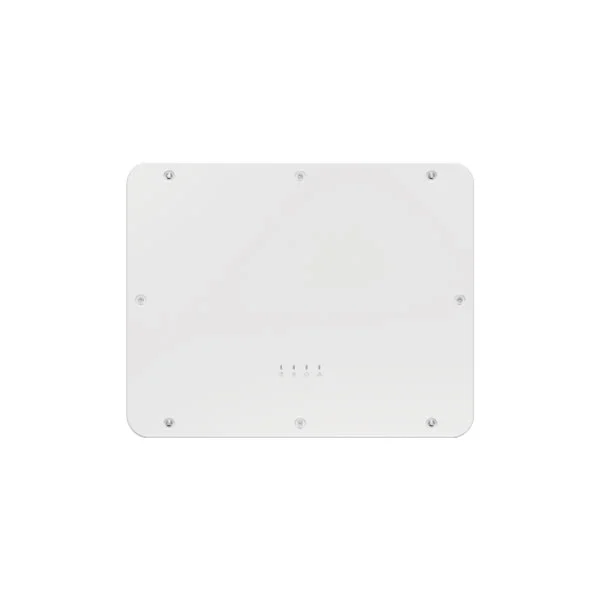
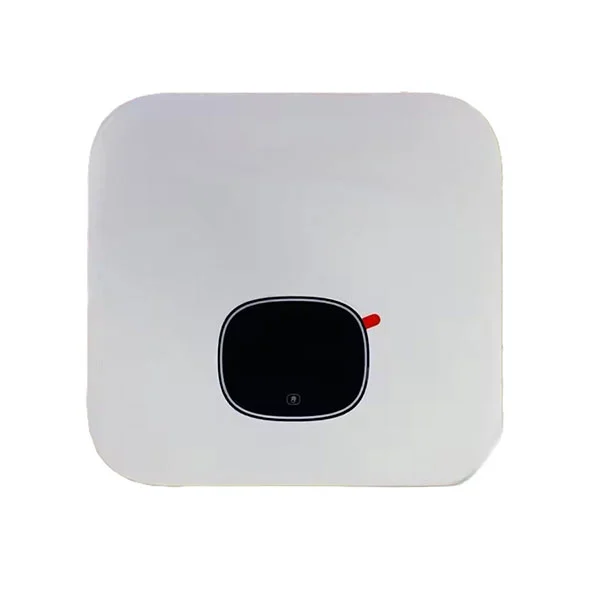
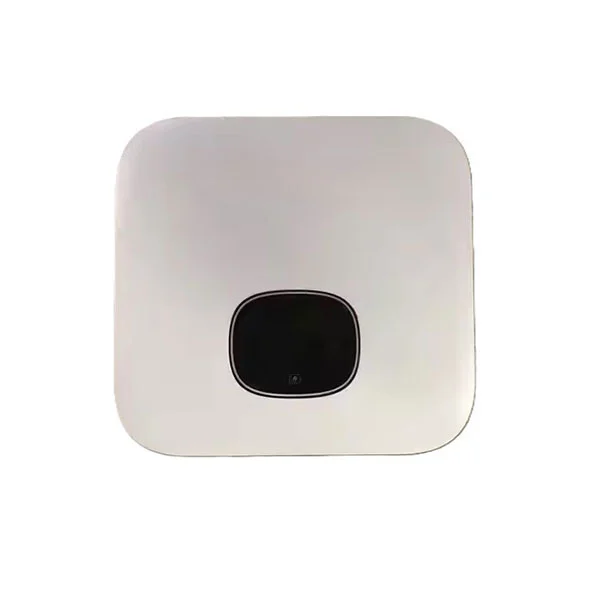
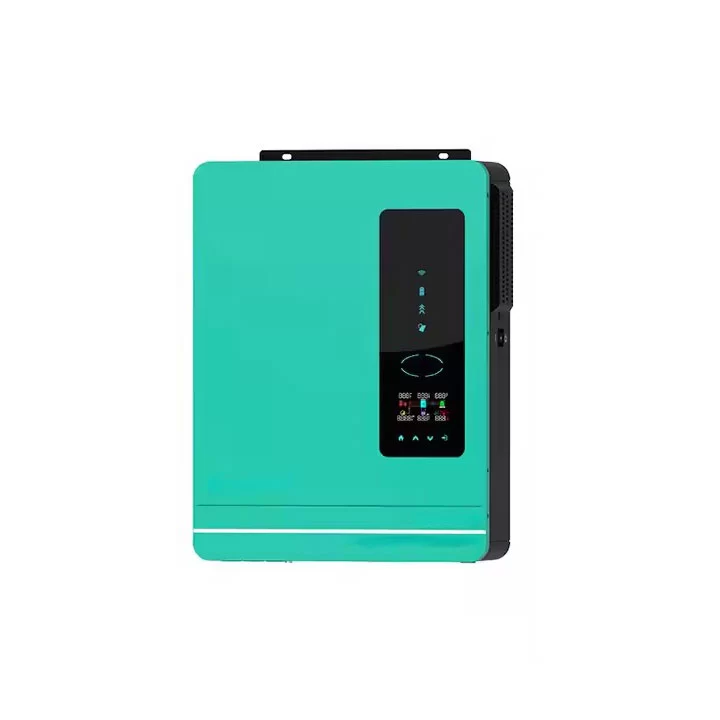
The grid-tie solar inverter employs advanced technologies to connect solar power systems with the grid. It provides electricity converted from sunlight that can be consumed or returned to the grid by constantly tuning the inverter's output to match the grid's voltage and frequency.
The anti-islanding protection is probably the most important feature of Grid-Connected Inverter. During a grid outage, the inverter will automatically disconnect from the grid so that no electricity will be sent back into the grid, which could be a hazard to the utility workers.
Grid-tie inverters manage the power flow from the solar energy system to the grid by feeding excess energy back into it and optimizing local consumption. These inverters come equipped with maximum power point tracking (MPPT) to ensure the maximum possible energy is extracted from the solar panels, momentarily varying without consideration of sunlight variations.t.
Residential Solar Systems
A typical Grid-Tie Solar Inverter system allows solar energy to be consumed for daily appliances in a home while will reduce the electricity bills. The excess energy can feed back to the grid, earning credits or compensations, depending on local regulations.
Example: A family in a suburban home has installed a rooftop solar panel system. The On Grid Inverter efficiently converts DC power to AC to power the home. Excess power goes into the grid through net metering, reducing their utility bills.
Commercial Solar Projects
Commercial entities use Grid-Tie Solar Inverters for the enhancement of sustainability and the reduction of operational costs. With larger systems being built to meet high energy demands, scalability becomes its hallmark.
Example: A factory sets up a Grid-connected Inverter to run its operations. Meanwhile, excess energy is fed into the grid, providing a saving for the company while advancing the sustainability agenda.
Economy Series
Affordable solutions designed for small residential and commercial applications; reliable and always perform at a reasonable price.
Premium Series
High-performance inverters with advanced features such as enhanced MPPT, improved efficiency, and better environmental adaptability. They fit perfectly for large-scale residential and commercial projects.
Commercial Series
Inverters specially designed to provide a very high energy yield for deployment in large commercial solar projects, easy integration into grid systems.
Choosing solar and wind energy storage systems is not just about saving money on your electricity bill
it's about having a clean, blue planet for future generations.
 en
en